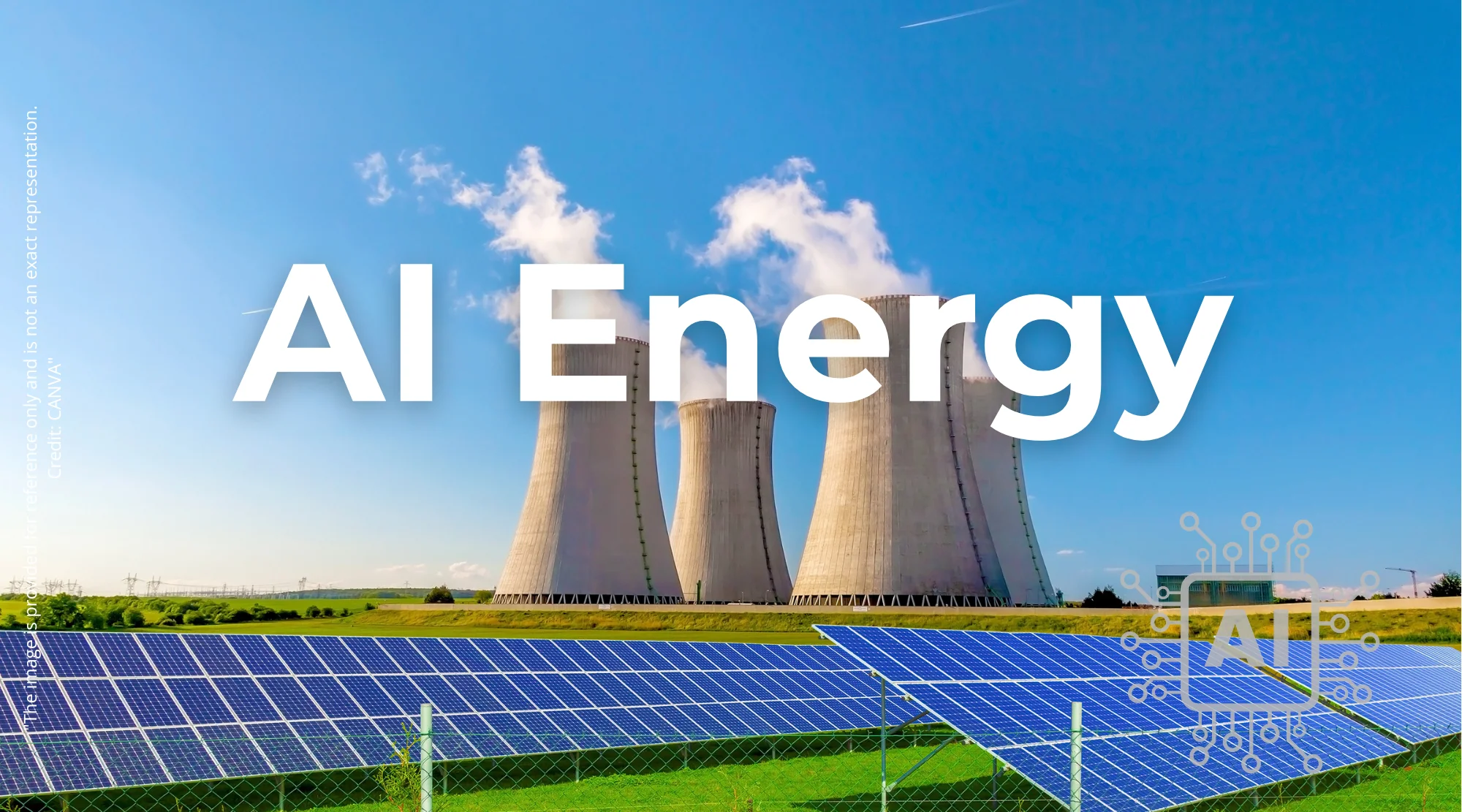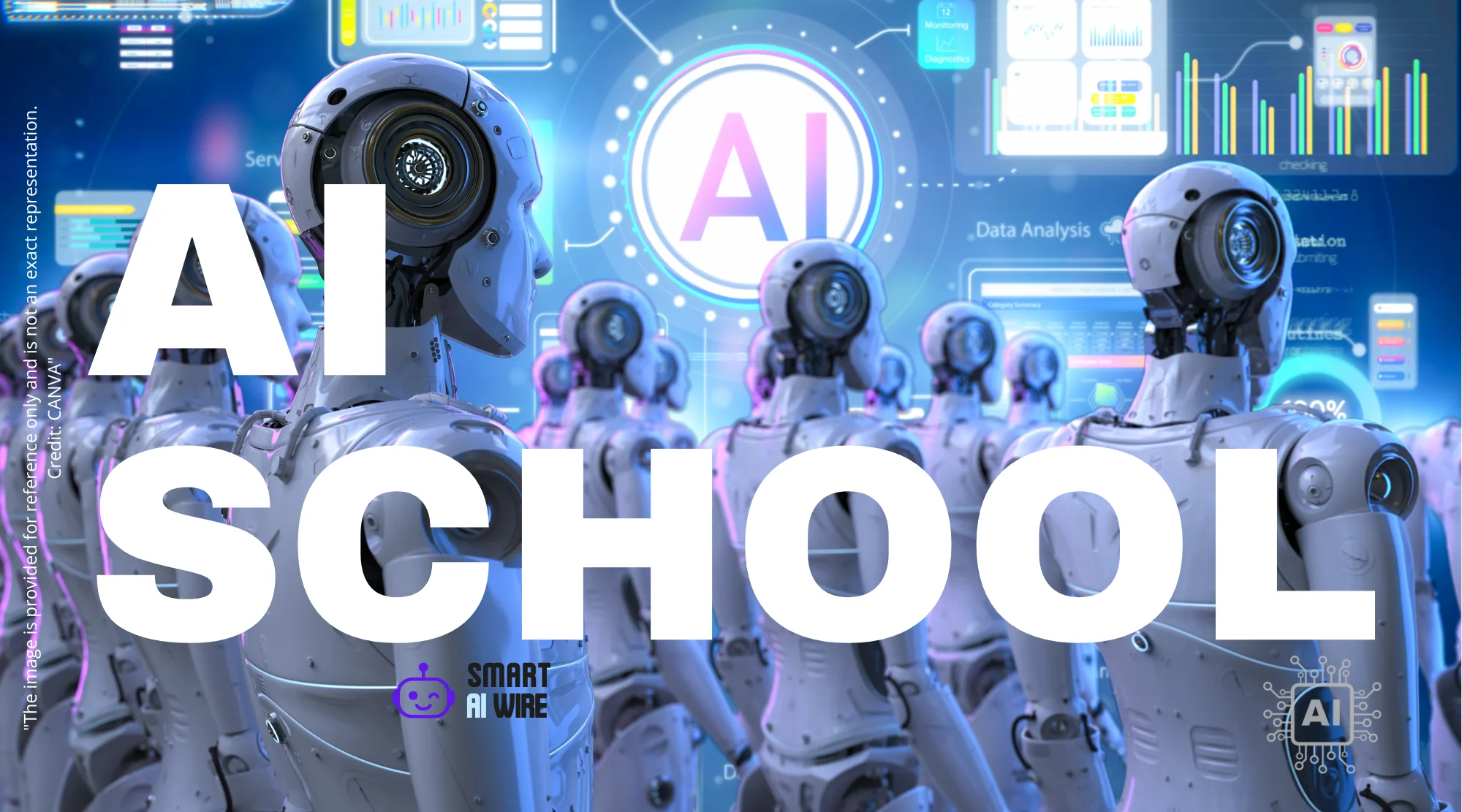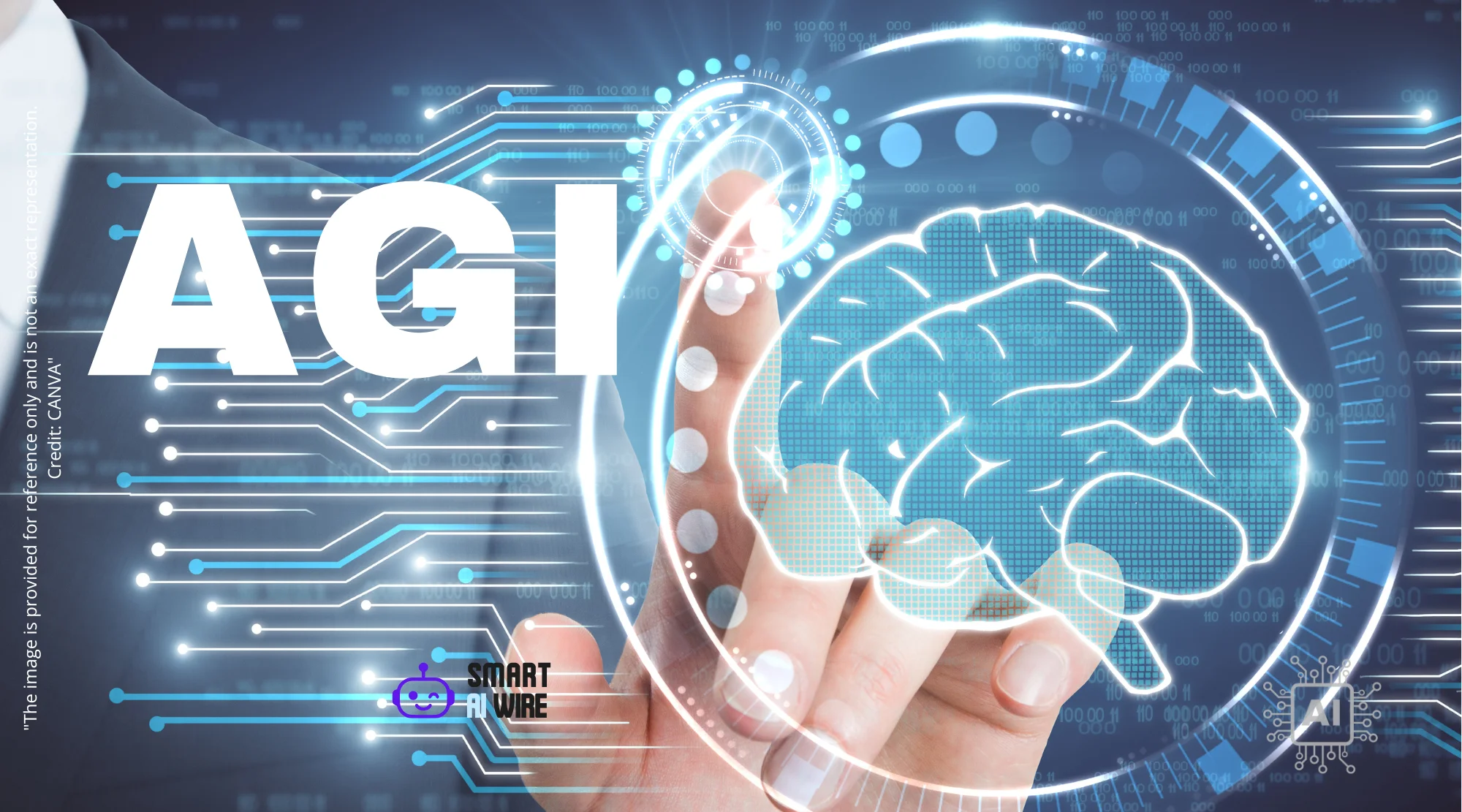The rise of artificial intelligence is transforming industries, promising unprecedented efficiency and innovation. But this technological revolution has a hidden cost: soaring AI energy consumption. As AI models become more complex and widespread, the demand for electricity to power them is growing exponentially, raising critical questions about sustainability and the future of AI development. Are we prepared to address the escalating energy demands of AI? This article delves into the challenges and potential solutions surrounding AI’s energy footprint, exploring how innovation and sustainability can coexist.
The Inconvenient Truth: AI’s Growing Energy Appetite
The exponential growth of artificial intelligence (AI) presents a significant challenge: its rapidly increasing energy consumption. Training complex AI models, running massive data centers, and deploying AI-powered applications all require immense amounts of electricity. This surge in AI energy consumption is not just a minor concern; it’s an inconvenient truth that threatens the long-term viability and sustainability of the AI revolution.

Data centers, the backbone of AI infrastructure, are already major energy consumers. These facilities house the powerful servers needed to train and run AI models, and their energy demands are only set to increase. As AI becomes more integrated into our lives – from powering personalized recommendations to driving autonomous vehicles – the environmental impact of its energy consumption will become even more pronounced. We need to focus on the future impact of Generative AI’s.
The Power Hungry Processes Behind AI
Understanding why AI consumes so much energy requires a closer look at the processes involved. Training AI models, especially deep learning models, is a computationally intensive task that can take days, weeks, or even months, requiring vast amounts of electricity.
Another key factor is the increasing complexity of AI algorithms. As researchers strive to create more sophisticated and accurate AI systems, the models become larger and more complex, leading to even higher energy demands. The deployment of AI applications in real-world settings, such as autonomous vehicles and smart cities, also contributes to the growing energy footprint. These applications require continuous processing of vast amounts of data, further straining energy resources. This could also lead to an AI Investment Alert.
Data Centers: The Epicenter of AI Energy Consumption
Data centers are the unsung heroes (and villains) of the AI revolution. They provide the infrastructure and computing power necessary to train, deploy, and run AI models. However, these facilities are also major energy consumers, accounting for a significant portion of global electricity demand. The energy usage of data centers is primarily driven by the need to power servers, cooling systems, and other equipment. As AI becomes more prevalent, the number and size of data centers are expected to grow, further exacerbating the energy consumption issue.
Optimizing data center efficiency is crucial for mitigating the environmental impact of AI. This can involve implementing energy-efficient hardware, improving cooling systems, and using renewable energy sources to power data centers. AI Data Centers are an important factor in the future of the development of AI.
The Environmental Impact: Beyond Electricity Bills
The environmental impact of AI energy consumption extends beyond increased electricity bills. The majority of electricity generation still relies on fossil fuels, meaning that the energy used to power AI contributes to greenhouse gas emissions and climate change. The carbon footprint of training a single AI model can be significant, comparable to the emissions of several cars over their lifespan.
Moreover, the construction and operation of data centers can have negative environmental consequences, including land use, water consumption, and electronic waste generation. Addressing these environmental concerns is essential for ensuring that AI development is sustainable and does not come at the expense of the planet. AI Energy Consumption can definitely challenge the ethics of content moderation.
Solutions and Innovations: Paving the Way for Sustainable AI
Fortunately, there are several promising solutions and innovations that can help reduce the energy consumption of AI. These include:
Energy-efficient hardware: Developing specialized AI chips and processors that are designed to minimize energy consumption can significantly improve efficiency. Companies are investing in creating hardware that is specifically optimized for AI workloads.
Algorithm optimization: Improving the efficiency of AI algorithms can reduce the amount of computation required to train and run models. Techniques such as pruning and quantization can help compress models without sacrificing accuracy.
Data center efficiency: Optimizing the design and operation of data centers can lead to significant energy savings. This includes using advanced cooling systems, optimizing server utilization, and employing energy-efficient building materials.
Renewable energy sources: Powering data centers and AI infrastructure with renewable energy sources such as solar, wind, and hydro can significantly reduce the carbon footprint of AI. Many companies are already committing to powering their operations with 100% renewable energy.
Federated learning: This approach allows AI models to be trained on decentralized data sources, reducing the need to transfer large datasets to centralized data centers. Federated learning can also improve data privacy and security.
The Role of Policy and Regulation: Guiding Sustainable AI Development
Government policies and regulations play a critical role in promoting sustainable AI development. Incentives for using renewable energy, standards for data center efficiency, and regulations on carbon emissions can help drive the adoption of energy-efficient practices.
Moreover, governments can invest in research and development to accelerate the development of energy-efficient AI technologies. International collaboration and agreements are also essential for addressing the global challenge of AI energy consumption. The development and utilization of AI will continue to grow and redefine different roles, such as how AI and HR can shape the future of gaming talent.
The Path Forward: Balancing Innovation and Sustainability
The future of AI depends on our ability to balance innovation with sustainability. By prioritizing energy efficiency, adopting renewable energy sources, and implementing supportive policies, we can ensure that AI benefits society without jeopardizing the environment.
Collaboration between researchers, industry leaders, policymakers, and the public is essential for creating a sustainable AI ecosystem. Embracing a holistic approach that considers the environmental, social, and economic impacts of AI is crucial for unlocking its full potential.
Conclusion: A Call to Action for a Greener AI Future
The AI revolution is upon us, promising transformative changes across industries and aspects of our lives. However, we must address the inconvenient truth of AI’s growing energy consumption to ensure that this technological progress is sustainable and does not exacerbate environmental challenges. The future of AI depends on our collective commitment to innovation, sustainability, and responsible development. By embracing energy-efficient technologies, adopting renewable energy sources, and implementing supportive policies, we can pave the way for a greener AI future that benefits both humanity and the planet. We must supercharge language learning with AI Prompts so that a new generation can rise up to embrace the need for more sustainable AI.



